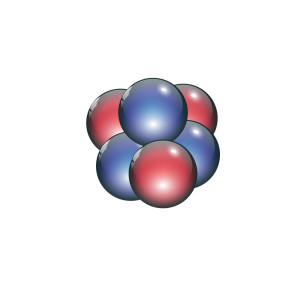Beyond Lithium Ion: The Lithium/Sulfur Cell
Professor Elton Cairns
Lawrence Berkeley National Lab
Current lithium ion cells are reaching their maximum energy storage capability (~200 Wh/kg) and are still not able to provide a safe, low-cost battery of sufficient energy storage capability for electric vehicles of more than 100-mile range. A new generation of battery with a specific energy of at least 400 Wh/kg, low cost (<$200/kWh), good safety, and low environmental impact is urgently needed. The next generation of rechargeable cells must have a theoretical specific energy well above 1000 Wh/kg (as compared to ~550 Wh/kg for Li-ion cells). The Li/S cell is probably the most attractive candidate for the next cell beyond the Lithium Ion cell. It has a theoretical specific energy of 2600 Wh/kg, and an estimated practical specific energy of about 600 Wh/kg.
The commercial development of the Li/S cell has been prevented by the short cycle life of the sulfur electrode caused by the rapid capacity loss. This capacity loss is attributed to: 1) the solubility of lithium polysulfides in the (organic solvent) electrolyte, 2) possible loss of contact between the (non-conductive) sulfur and the current collector, 3) the large volume change of the sulfur as it is charged and discharged (76%). Various approaches have been taken to solve these problems, with some success. A selection of attempts to improve the performance and cycle life of the Li/S cell will be reviewed and discussed, along with recent results from our laboratory.









